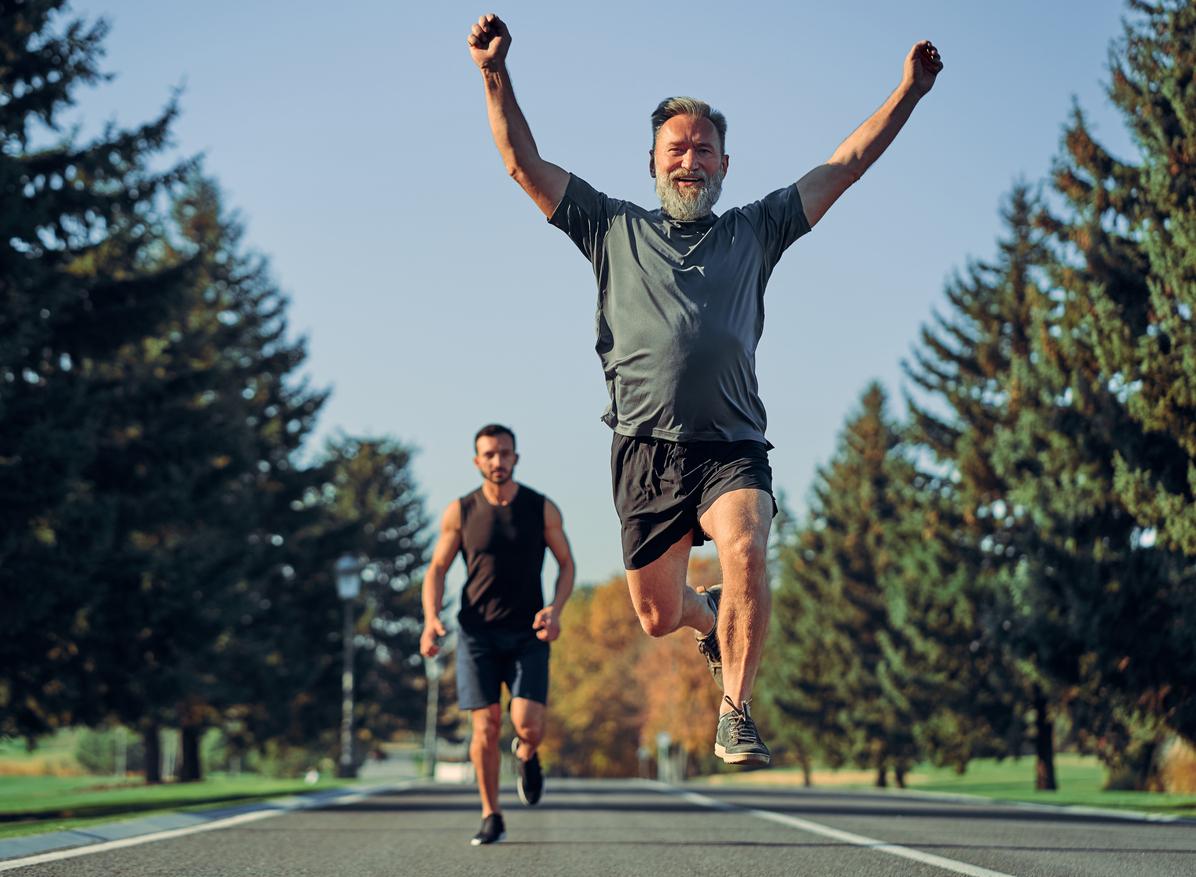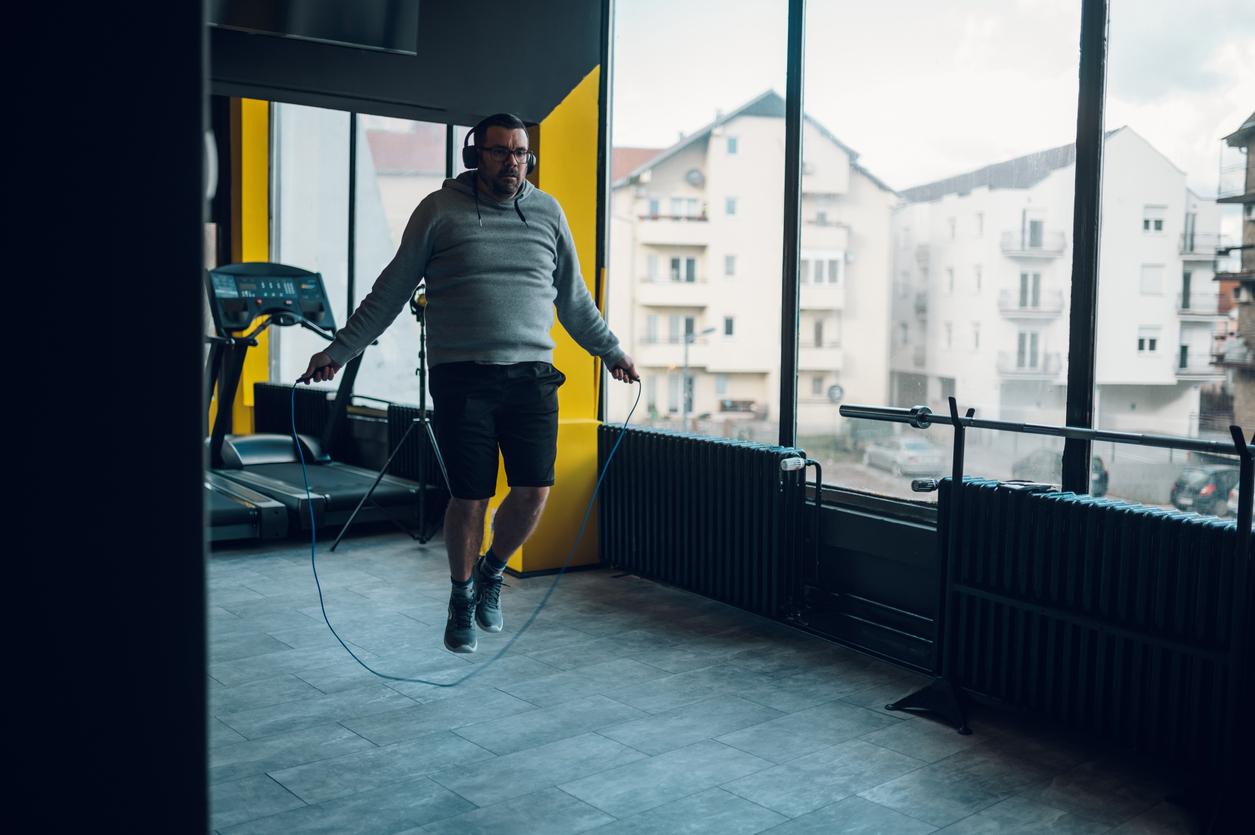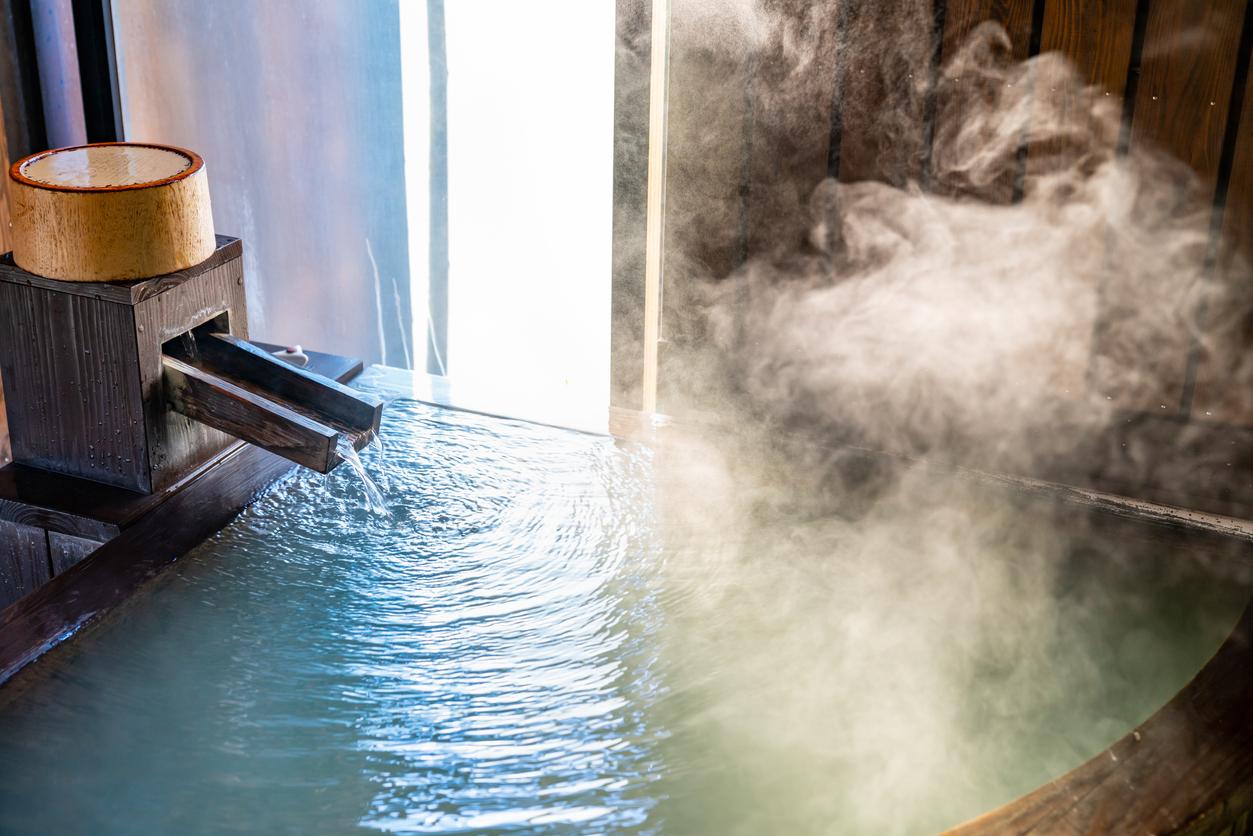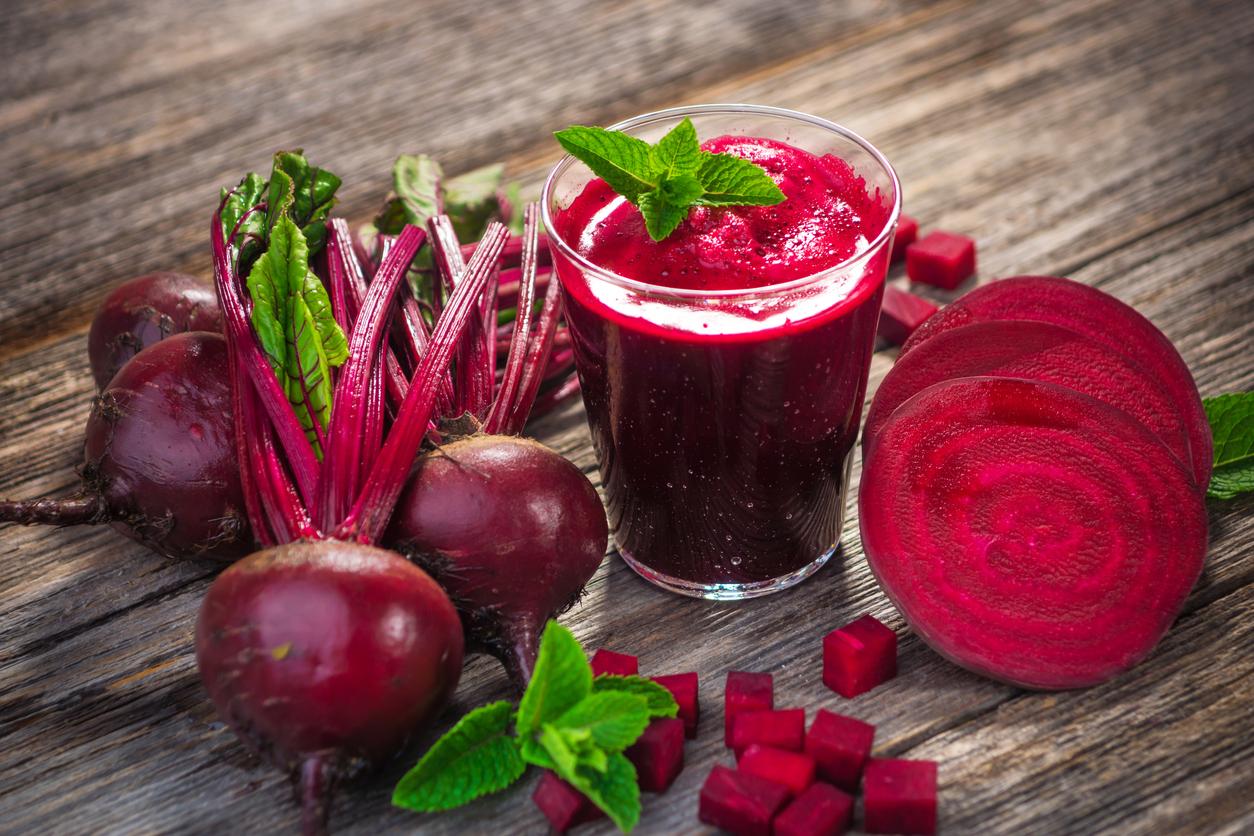The physical performance of men and women ends up being balanced when they reach a certain age, since when the hormones are no longer there to differentiate them, they are both able to gain similar muscle volume.
-1610124207.jpg)
- The muscular differences between men and women are erased from the age of fifty.
- With physical resistance exercises, the results are similar.
As you get older, physical exercises are no longer used to gain muscle but rather to keep it, it’s a fact. The muscle wasting that occurs with age only stimulates the mass that already exists to slow its disappearance. Researchers from the University of New South Wales (Australia) have shown that men and women over the age of 50 can derive similar benefits from resistance training. The results of their study were published on December 17, 2020 in the journal Sports medicine.
To see the potential of physical activity in people over 50, the researchers drew on results from 30 different resistance training studies, involving more than 1,400 participants.
Muscular resistance tests
“Historically, people tended to believe that men were more adaptable to resistance training than women.says Dr. Amanda Hagstrom, professor of exercise science at the University of New South Wales and lead author of the study. The differences we found mainly relate to how we look at the data, i.e. absolute or relative. The term ‘absolute’ refers to the overall gains, while the term ‘relative’ is a percentage based on their size.”
So while men are likely to gain more absolute muscle size, the relative gains in body size are equivalent to those of women. To prove this, the researchers also compared the muscle mass and strength gains of 651 older men and 759 older women in the 30 studies. The participants ranged in age from 50 to 90, with most having no previous resistance training experience.
A morphology that is balanced between the two sexes
“We did not find gender differences in changes in relative muscle size or upper body strength in older adults.says Amanda Hagstrom. It is important for coaches to understand that women benefit as much as men in terms of relative improvement from their baseline.”
Although 50 years is not considered a cut-off for qualifying people as “elderly”, this threshold was chosen because it establishes a reasonable separation in the hormonal changes involved in menopause, which can influence the results. of resistance training. With this study, researchers found that older men tended to build bigger muscles when looking at absolute gains. In contrast, when it comes to relative lower body strength, older women experienced the greatest increases.
“Older men could benefit from more intense programs to improve absolute upper and lower body strengthunderlines Amanda Hagstrom. But older women could benefit from higher exercise volumes, i.e. more repetitions per week, to increase their relative and absolute lower body strength..”
.
















